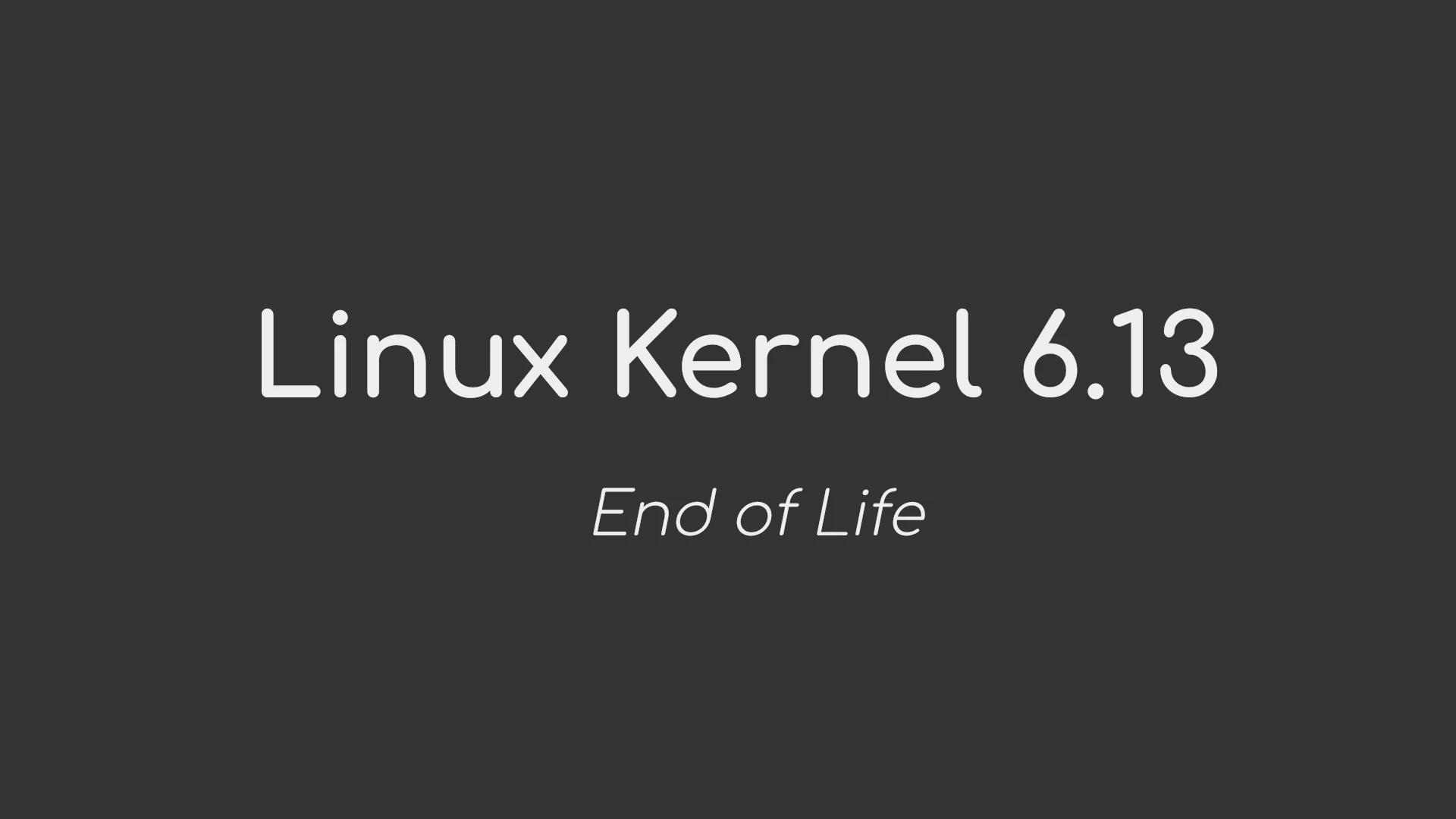As of now, the Linux kernel 6.13 series has reached the end of its life, signaling users to upgrade to the newer Linux kernel version 6.14. The 6.14 kernel has already been integrated into the stable repositories of major Linux distributions such as Arch Linux, Fedora Linux, Alpine Linux, and Ubuntu.
Linux kernel 6.13 was officially released on January 19, 2025, featuring several enhancements like lazy preemption support, a user-space shadow stack for AArch64, and improved performance for running Linux in protected virtual machines. Notably, it also brought support for new Intel and AMD processors, enhancing compatibility and performance for users.
However, being a non-LTS version, Linux kernel 6.13 has reached its end of life with the release of 6.13.12 today, as announced by prominent kernel developer Greg Kroah-Hartman. He emphasized the necessity for users to transition to the latest 6.14 version immediately.
Linux kernel 6.14, released more recently on March 24, 2025, introduces several new features, including support for Btrfs RAID1 read balancing and a new subsystem to facilitate Win NT synchronization in game emulation with Wine. This version is already implemented within distributions like Ubuntu 25.04 and Fedora Linux 42, along with rolling releases such as openSUSE Tumbleweed and Arch Linux.
Similar to its predecessor, kernel 6.14 is also a short-lived version, which means it will only receive updates for a limited time frame, likely until May 2025. Users requiring long-term support are recommended to use either Linux kernel 6.12 LTS or 6.6 LTS, both of which will be supported until December 2026.
For those looking to upgrade, Linux kernel 6.14 is your best option moving forward.
